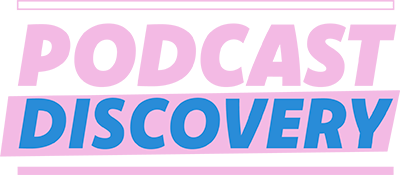Podcast ads are the main way most podcasts can be profitable, so get them right.
The Advertising Standards Authority is responsible for the Advertising Codes that the advertising industry follow. They convene two committees – The Committee of Advertising Practice (CAP) and the Broadcast Committee of Advertising Practice (BCAP) – to ensure advertising is easily identifiable and does not mislead audiences. Up until now, podcasting has been partly covered, but now the ASA have released clear rules about the medium and specifically host reads. So here is your full guide on what their new report says and what your host reads should sound like from now.
It’s important to follow as your advertisers will be keen that the messages you broadcast on their behalf are compliant.
The Main 3 Points to Ensure Clear Disclosure:
- Tell everyone this is an ad – and make it clear.
Use language like “This is a paid ad/advertisement for…” or “this content is sponsored by…” at the start of any host read. This will help listeners understand where their content ends and an ad begins, which is also crucial in not upsetting your audiences when you are inserting product messaging in your podcast.
- Make the ad SOUND different.
Another technique the CAP suggests is to use other tools at your disposal to signify to your listeners a host read is an ad. This includes things like music and sound effects, like unique ad jingles to mark the end and the start of ad breaks, or make sure you tell the host to adjust their tone of voice that makes the ad sound different to the rest of their reporting. And keep it simple, always – just announce when an ad is beginning and when it is time to return back to your normal listening.
- Keep the ads short and simple.
Avoid convoluted and long host reads. They can be confusing for listeners as they can often blur the line between editorial and sponsored content. You should focus on the product, service or other podcast that is being advertised instead and advise your hosts to be careful with tangents that deviate from the ad message.
And What Else?
CAP and BCAP also provide information on what paid-for references should sound like within editorial content. This is part-funded content that could form a part of your show besides a host read, and the rules are clear here too – introduce a segment with a sponsor mention and explicitly state that any editorial segment that has a sponsor is sponsored content.
And if your podcast appears on other platforms that uses different media – like YouTube for example – the rules still apply to you. All podcasters and advertisers have to follow disclosure methods of the platform they are on and for video, this could mean visual markers to indicate the beginning and end of a sponsored read.
The same also goes for accessible content like the transcripts of your show. Indicate all sponsored reads within your transcripts with clearly identifiable signifiers like bolded lettering and the right phrasing. This will ensure that all of your audiences, including those with hearing impairments, are being served with the same level of consideration.
And What Now?
Now, connect with your audiences using engaging host reads but be transparent. Following these guidelines is key in maintaining a trusting relationship with your listeners and it shows everyone that you care about your editorial content and serving your listeners above all else.
Want some help with your host reads?


